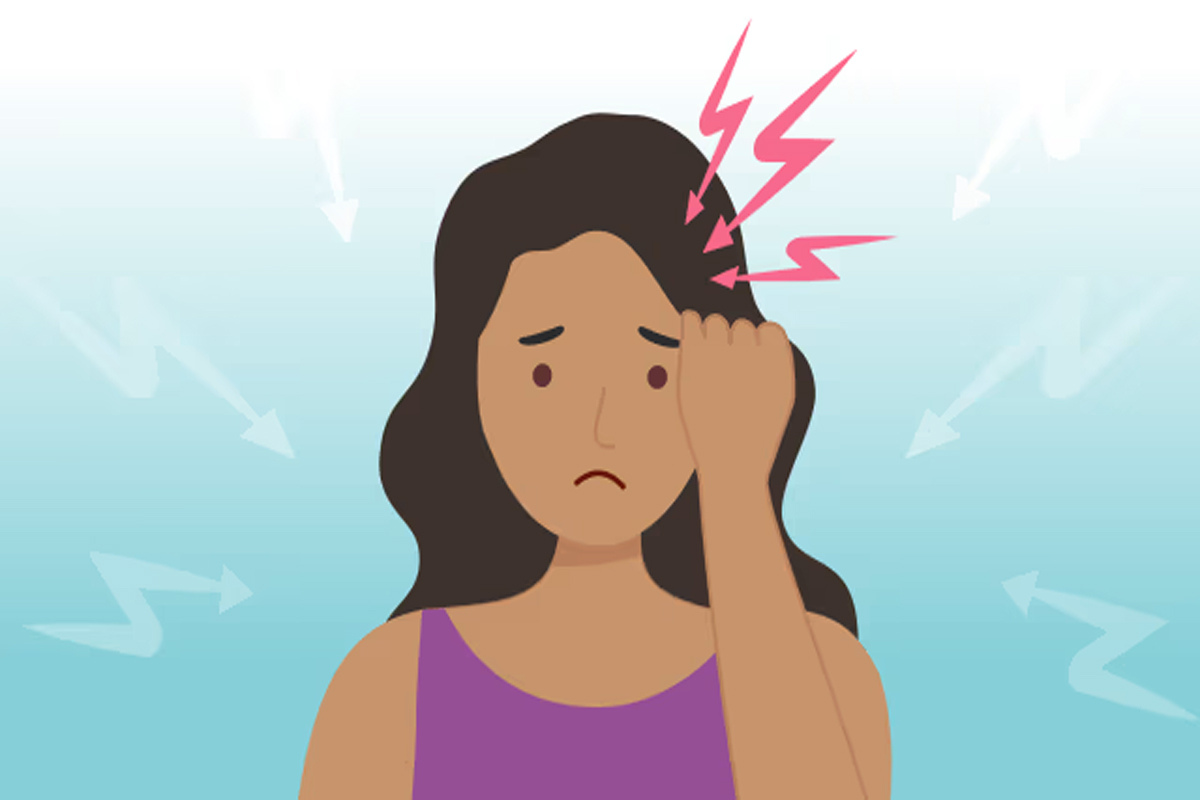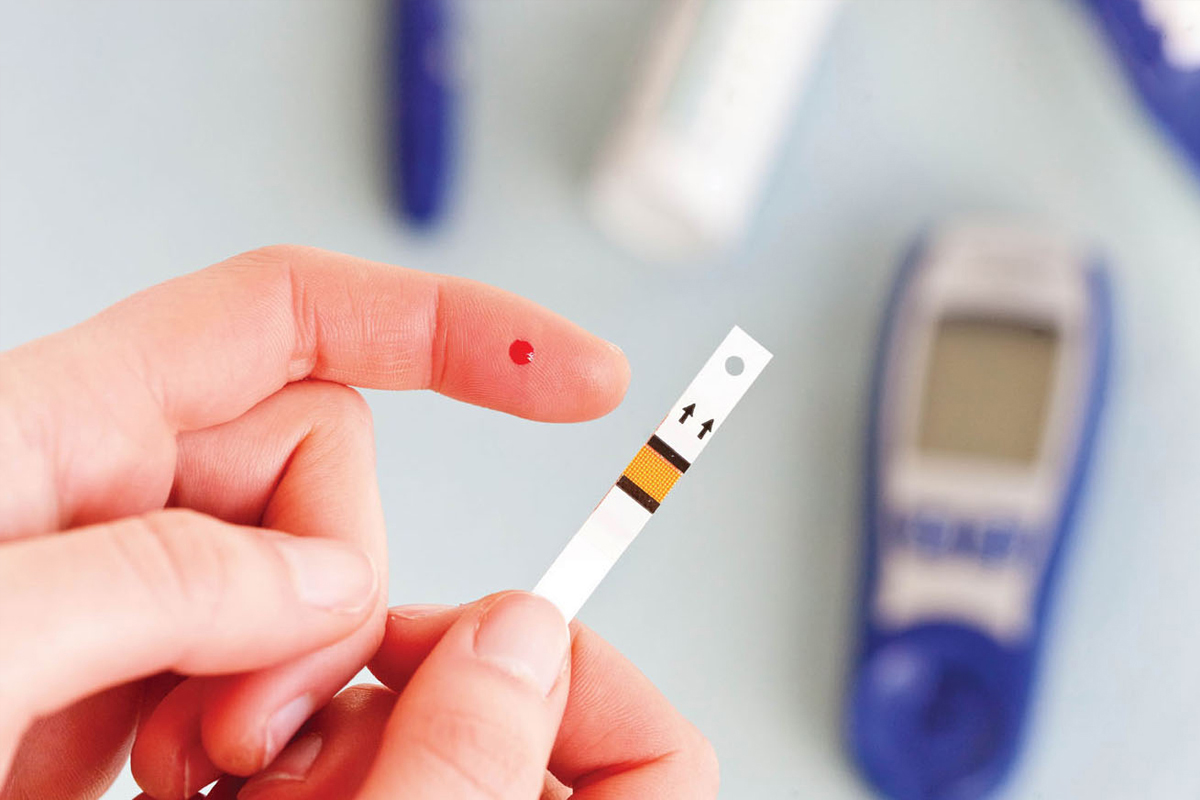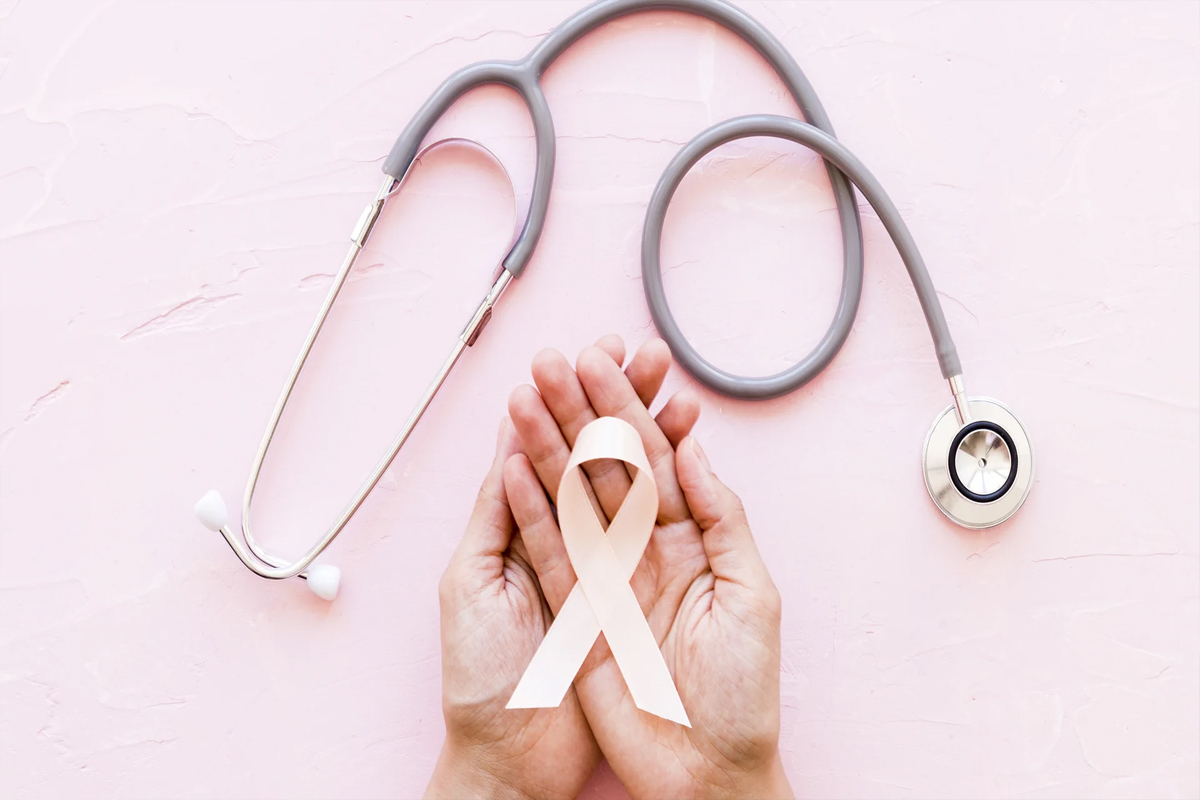
Women and Stroke: Why Women Are at Greater Risk and What to Do About It
By Dr. Neeraj Kumar in Neurosciences Neurology
Oct 28, 2024
Stroke remains a leading cause of death and disability globally, and women face a unique set of challenges when it comes to this serious medical condition. While both men and women can experience strokes, research indicates that women are at a higher risk for certain types of strokes and often have worse outcomes. Understanding the reasons behind this increased risk is essential for prevention and management.
Why Are Women at Greater Risk?
- Hormonal Factors: Hormones, particularly estrogen, play a significant role in women’s health. Estrogen helps protect against vascular disease, but after menopause, the decline in estrogen levels can increase the risk of stroke. This is particularly relevant as stroke risk rises significantly in women after age 55.
- Higher Longevity: Women generally live longer than men, and age is a significant risk factor for stroke. As women age, they are more likely to experience conditions such as hypertension, diabetes, and atrial fibrillation, all of which contribute to increased stroke risk.
- Unique Health Conditions: Certain health conditions that are more prevalent in women, such as migraines with aura, pregnancy-related complications (like preeclampsia), and autoimmune diseases (like lupus), can also elevate stroke risk. Conditions like gestational diabetes and hypertension during pregnancy can predispose women to strokes later in life.
- Lifestyle Factors: Women may experience lifestyle factors that contribute to stroke risk, including lower levels of physical activity and higher rates of obesity and smoking among certain populations. Additionally, women are often the caregivers in families, which can lead to increased stress and decreased time for self-care.
Recognizing Stroke Symptoms
Being aware of stroke symptoms is crucial for early intervention. The acronym FAST can help identify stroke signs:
- Face drooping: One side of the face may sag or experience numbness.
- Arm weakness: One arm may feel weak or numb; encourage the person to raise both arms to check for differences in strength.
- Speech difficulty: Speech may be slurred or strange; the person may have difficulty speaking or understanding.
- Time to call emergency services: If any of these symptoms are present, seek emergency medical assistance immediately.
Prevention Strategies
While women face unique challenges regarding stroke risk, several strategies can help reduce their chances of having a stroke:
- Maintain a Healthy Lifestyle: Engage in regular physical activity, aiming for at least 150 minutes of moderate aerobic exercise weekly, combined with strength training exercises. Eating a balanced diet rich in fruits, vegetables, whole grains, and lean proteins can also help manage weight and reduce stroke risk.
- Monitor Blood Pressure and Cholesterol: Regularly check blood pressure & cholesterol levels. If they are high, work with a healthcare provider to manage them through lifestyle changes and medication if necessary.
- Manage Chronic Conditions: Effectively manage conditions such as diabetes, hypertension, and atrial fibrillation. Regular check-ups with healthcare providers can help ensure these conditions are under control.
- Avoid Smoking and Limit Alcohol: Smoking significantly increases stroke risk, and women should avoid tobacco in all forms. Limiting alcohol consumption can also contribute to better vascular health.
- Know Family History: Understanding family history regarding strokes and cardiovascular diseases can help women and their healthcare providers assess risk factors more effectively.
- Stress Management: Incorporate stress-reduction techniques such as mindfulness, meditation, or yoga into daily routines. Managing stress is essential for overall health and can help reduce stroke risk.







